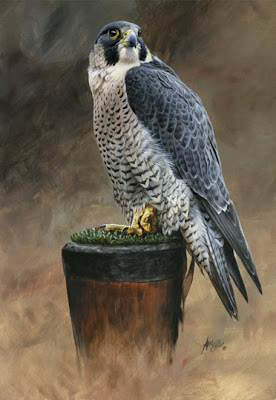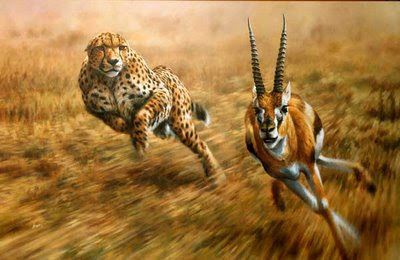
“The flying of falcons “ by Ed Pitcher, a much awaited publication is soon to be released. It’s not a “how to “book, it instead describes a philosophy of flying falcons that mirrors their natural development. It challenges some of the traditional preconceived ideas about how to fly falcons, and will prove an interesting read.
A few years ago on a visit to the U.S I was staying on a friend’s ranch which was being managed by fellow falconer, Daryl Peterson. Daryl had casually mentioned that Ed Pitcher lived nearby. Ed Pitchers name in the world of Falconry has become synonymous with the flying of falcons to the extreme limits of visibility and altitude. So it is with fond recollection that I remember back to that one afternoon visit. We sat and chatted about peregrines and in particular the Red shaheen that Ed had flown and I listened awestruck as he recounted experiences that he had with this and many of the other falcons he has flown. When asked by Ricardo Velarde to contribute to this new volume written by Ed I did not hesitate. Ed’s unique viewpoint and freethinking mental approach towards the training of falcons has become for me a breath of fresh air. It has been a great honour to be involved with both Ricardo and Ed on this book and I hope you take from it as much inspiration as I and many others have.
I am pleased to have contributed about 14 paintings, plus sketches, to be used as illustrations for the book. One of them “My girl” is a painting of one of my own peregrines, Missy.(pictured above) You may have seen the original of it displayed at the falconry fair a couple of years ago. We are now putting this image into print in time to be launched at the falconry festival in July. When the original was displayed it attracted many favourable comments, and so hopefully this will prove to be a popular print.
You can learn more about Ed pitchers new book "the flying of falcons" by clicking here
